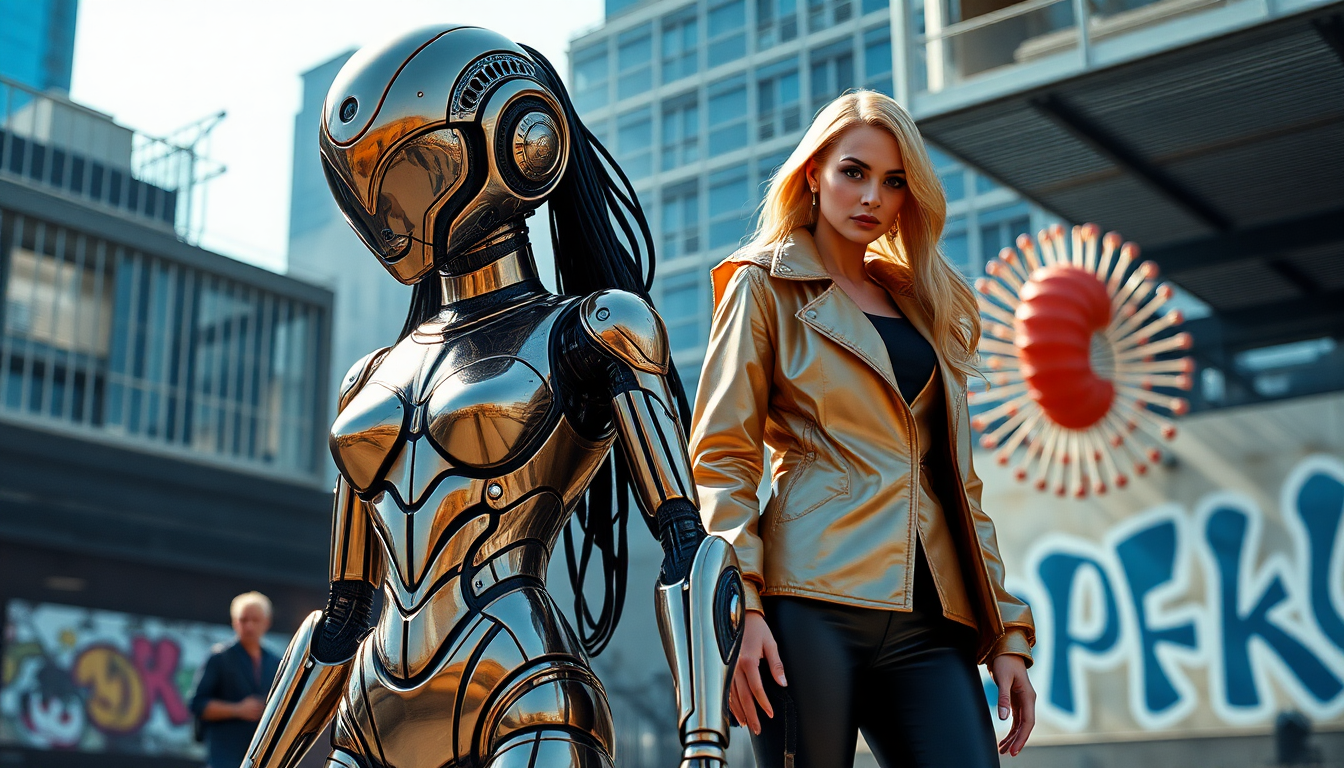Table of Contents
Have you ever noticed how cinema and fashion often go hand in hand? Especially in sequels, where the evolution of characters can be just as crucial as the storyline itself. In the highly anticipated sequel, “M3GAN 2.0,” we see not just a gripping narrative but also some stunning visual transformations. The killer doll, M3GAN, is back, and this time she faces off against a fierce new adversary, AMELIA. Let’s dive into the creative choices made by costume designer Jeriana San Juan, exploring the influences that shaped these unforgettable characters.
Thematic Influences and Character Aesthetics
When it comes to designing M3GAN and AMELIA, San Juan pulled from a rich tapestry of inspirations. Think of the glamorous vibes of Farrah Fawcett mixed with the futuristic flair of Judy Jetson—that’s the essence of AMELIA. San Juan describes her as embodying a fascinating duality, seamlessly shifting between a soldier-like persona and a seductive charm. Isn’t it interesting how this contrast allows her to disarm her opponents with allure while staying sharp and tactical?
San Juan’s design philosophy for AMELIA cleverly plays with a color palette that balances tactical neutrals with vibrant pops of color. This not only enhances her stealthy approach but also enriches her character’s visual narrative. By integrating glamor into a combat-ready character, the film showcases a nuanced storytelling technique that beautifully blends aesthetics with purpose.
Cinematic Fashion and Character Dynamics
As the story unfolds during an AI convention, M3GAN and her companions don vibrant costumes to blend in. Ever thought about how fashion impacts identity? M3GAN’s choice to wear a dancer’s outfit at the convention is a strategic move that allows her to navigate the crowd and prepare for her encounter with AMELIA. It’s a perfect example of how costume design can shape character dynamics and influence plot development.
San Juan’s vision for M3GAN’s armor, made from vacuum-molded tinted plastics, captures her playful yet deadly essence. This design choice evokes a sense of nostalgia while incorporating elements of modern robotics, reminiscent of childhood toys and cartoons. The nod to the Gundam anime series and the ’90s Game Boy highlights how our past experiences and cultural references breathe life into contemporary design choices, creating a rich visual storytelling experience in the film.
Character Growth and Visual Identity
Throughout the sequel, M3GAN undergoes significant growth, grappling with what her identity really means. The film dives deep into themes of maturity, exploring how M3GAN sees herself in relation to her human companions, Gemma and Cady. This internal struggle is beautifully mirrored in her visual transformation as she navigates her complex role as both protector and friend.
San Juan emphasizes that M3GAN’s evolution from a simple doll in the first film to a character filled with agency and growth in this sequel is a game-changer. By infusing feminist ideals from the 1960s into her design, M3GAN gains a visual identity that resonates with themes of autonomy and evolution. This artistic evolution not only enriches her character but also invites viewers to engage with broader societal narratives through the lens of fashion and design. How cool is it that fashion can tell such powerful stories?


